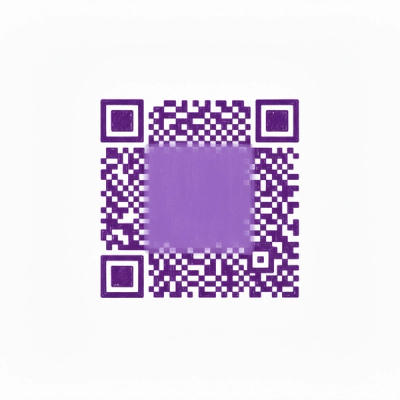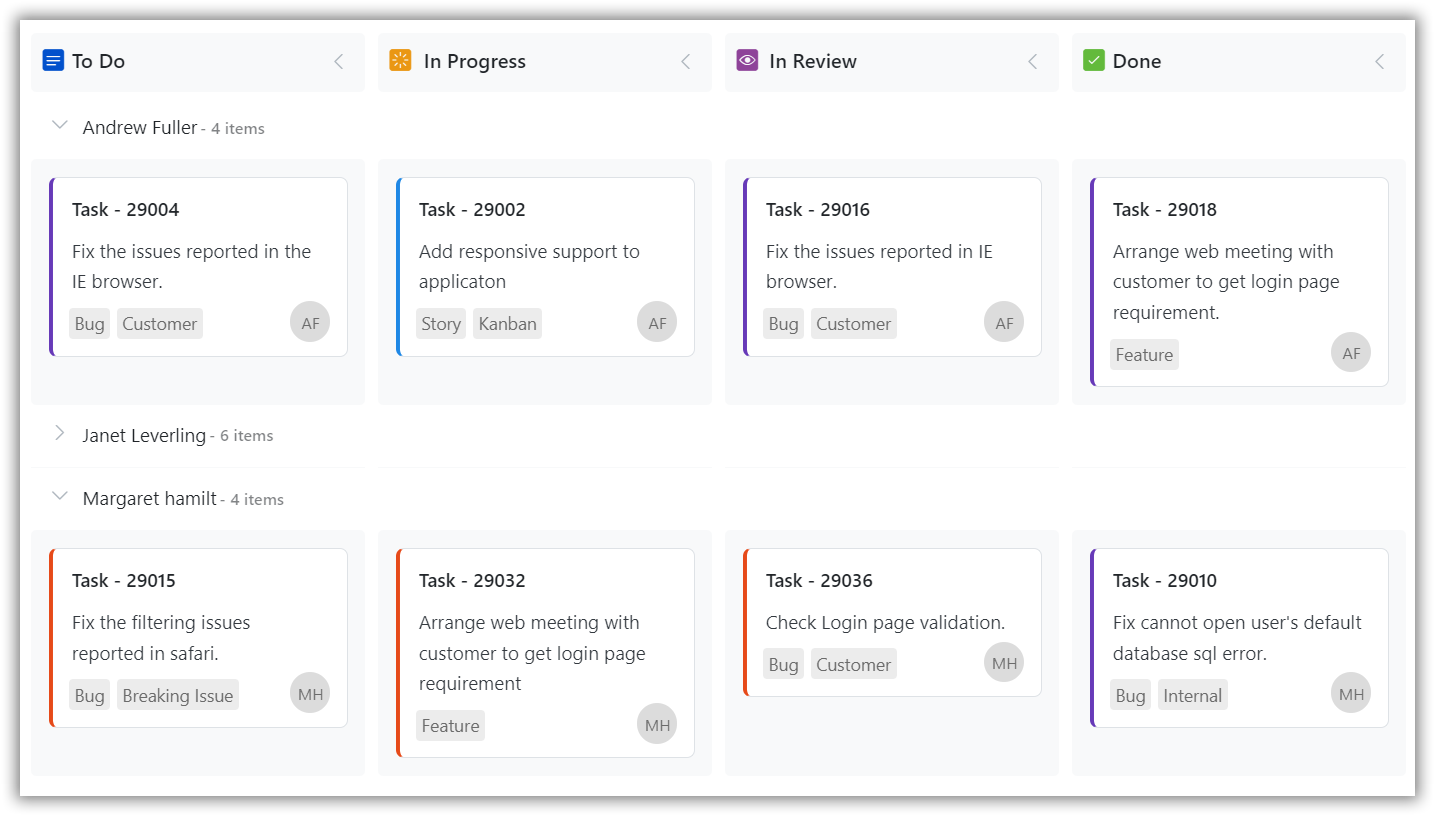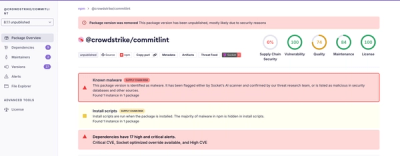
Research
Malicious fezbox npm Package Steals Browser Passwords from Cookies via Innovative QR Code Steganographic Technique
A malicious package uses a QR code as steganography in an innovative technique.
@syncfusion/ej2-angular-kanban
Advanced tools
The Kanban board is an efficient way to visualize the workflow at each stage along its path to completion. The most important features available are Swim lane, filtering, and editing. for Angular
The Angular Kanban Board component is a popular tool for visualizing and managing work in a variety of contexts, including software development, project management, and personal productivity. The control supports necessary features to design task scheduling applications. The key features are swimlanes, customizable cards, binding from local and remote data sources, columns mapping, stacked headers, WIP validation, templating, responsiveness, filtering, and editing.
Getting started . Online demos . Learn more

Trusted by the world's leading companies

You can use Angular CLI to setup your Angular applications. To install the Angular CLI, use the following command.
npm install -g @angular/cli
Create a new Angular application using the following Angular CLI command.
ng new my-app
cd my-app
To install Kanban and its dependent packages, use the following command.
ng add @syncfusion/ej2-angular-kanban
The above command does the below configuration to your Angular app.
@syncfusion/ej2-angular-kanban package and its peer dependencies to your package.json file.KanbanModule in your application module app.module.ts.angular.json file.This makes it easy to add the Syncfusion® Angular Kanban module to your project and start using it in your application.
In src/app/app.component.ts, use <ejs-kanban> selector in template attribute of @Component directive to render the Syncfusion® Angular Kanban component.
import { Component } from '@angular/core';
import { CardSettingsModel } from '@syncfusion/ej2-angular-kanban';
@Component({
selector: 'app-root',
template: `<ejs-kanban [dataSource]='data' [cardSettings]='cardSettings'>
<e-columns>
<e-column headerText='To do' keyField='Open'></e-column>
<e-column headerText='In Progress' keyField='InProgress'></e-column>
<e-column headerText='Testing' keyField='Testing'></e-column>
<e-column headerText='Done' keyField='Close'></e-column>
</e-columns>
</ejs-kanban>`
})
export class AppComponent {
public data: Object[] = [
{ Id: 1, Status: 'Open', Summary: 'Analyze the new requirements gathered from the customer.', Type: 'Story', Priority: 'Low', Tags: 'Analyze,Customer', Estimate: 3.5, Assignee: 'Nancy Davloio', RankId: 1 },
{ Id: 2, Status: 'InProgress', Summary: 'Fix the issues reported in the IE browser.', Type: 'Bug', Priority: 'Release Breaker', Tags: 'IE', Estimate: 2.5, Assignee: 'Janet Leverling', RankId: 2 },
{ Id: 3, Status: 'Testing', Summary: 'Fix the issues reported by the customer.', Type: 'Bug', Priority: 'Low', Tags: 'Customer', Estimate: '3.5', Assignee: 'Steven walker', RankId: 1 },
{ Id: 4, Status: 'Close', Summary: 'Arrange a web meeting with the customer to get the login page requirements.', Type: 'Others', Priority: 'Low', Tags: 'Meeting', Estimate: 2, Assignee: 'Michael Suyama', RankId: 1 },
{ Id: 5, Status: 'Validate', Summary: 'Validate new requirements', Type: 'Improvement', Priority: 'Low', Tags: 'Validation', Estimate: 1.5, Assignee: 'Robert King', RankId: 1 }
];
public cardSettings: CardSettingsModel = {
contentField: 'Summary',
headerField: 'Id'
};
}
The Kanban component is also offered in the following list of frameworks.
 JavaScript |  React |  Vue |  ASP.NET Core |  ASP.NET MVC |
|---|
Product support is available through the following mediums.
Check the changelog here. Get minor improvements and bug fixes every week to stay up to date with frequent updates.
This is a commercial product and requires a paid license for possession or use. Syncfusion® licensed software, including this component, is subject to the terms and conditions of Syncfusion® EULA. To acquire a license for 80+ Angular UI components, you can purchase or start a free 30-day trial.
A free community license is also available for companies and individuals whose organizations have less than $1 million USD in annual gross revenue and five or fewer developers.
See LICENSE FILE for more info.
© Copyright 2025 Syncfusion® Inc. All Rights Reserved. The Syncfusion® Essential Studio® license and copyright applies to this distribution.
FAQs
The Kanban board is an efficient way to visualize the workflow at each stage along its path to completion. The most important features available are Swim lane, filtering, and editing. for Angular
The npm package @syncfusion/ej2-angular-kanban receives a total of 4,745 weekly downloads. As such, @syncfusion/ej2-angular-kanban popularity was classified as popular.
We found that @syncfusion/ej2-angular-kanban demonstrated a healthy version release cadence and project activity because the last version was released less than a year ago. It has 3 open source maintainers collaborating on the project.
Did you know?

Socket for GitHub automatically highlights issues in each pull request and monitors the health of all your open source dependencies. Discover the contents of your packages and block harmful activity before you install or update your dependencies.

Research
A malicious package uses a QR code as steganography in an innovative technique.

Research
/Security News
Socket identified 80 fake candidates targeting engineering roles, including suspected North Korean operators, exposing the new reality of hiring as a security function.

Application Security
/Research
/Security News
Socket detected multiple compromised CrowdStrike npm packages, continuing the "Shai-Hulud" supply chain attack that has now impacted nearly 500 packages.